Dry Eye Treatment in Abilene, Eastland, & Stamford, TX

Are your eyes frequently itchy, red, or irritated? These common symptoms could be a sign of dry eye syndrome, a condition that affects millions worldwide.

Soothe Your Eyes at Our Dry Eye Clinic and Spa

At Advanced Eyecare & Vintage Eyewear, we understand how disruptive dry eye can be to your daily life. That’s why we’ve established our specialized Dry Eye Clinic and Spa, designed to address and manage this condition.
Our clinic focuses on pinpointing the root cause of your dry eye to tailor treatments that effectively alleviate symptoms. We also provide therapeutic spa services that promote ocular surface health and offer long-term relief.
What is Dry Eye Syndrome?
Dry eye syndrome (DES) is a common eye condition in which the eyes do not produce enough tears or evaporate too quickly. This lack of adequate lubrication causes a variety of uncomfortable symptoms.
There are two main types of dry eye:
- Aqueous Tear-Deficient Dry Eye: This type occurs when the lacrimal glands fail to produce enough of the watery component of tears to maintain a healthy eye surface.
- Evaporative Dry Eye: This type is more common and caused by inflammation of the meibomian glands. These glands produce the oil layer of tear film, which prevents evaporation. Tears evaporate too quickly if the glands don’t work correctly, leading to dryness.
What Happens When Dry Eye Goes Untreated?

Untreated dry eye can cause chronic discomfort, which escalates over time and interferes with daily activities like reading, using a computer, driving, and watching television.
Beyond discomfort, untreated dry eye can lead to more severe eye health issues. The lack of adequate lubrication can damage the eye’s surface, leading to inflammation, abrasion of the corneal surface, corneal ulcers, and an increased risk of eye infections.
Symptoms of Dry Eye
DES can cause various symptoms that vary in severity from person to person. Common symptoms include:
- Dryness
- Grittiness or scratchiness
- Burning sensation
- Eye redness
- Excessive tearing
- Blurred vision
- Eye fatigue
- Sensitivity to light
- Discomfort when wearing contact lenses
- Mucus in or around the eyes

What Causes Dry Eye Syndrome?
Dry eye can result from various causes, each contributing to decreased tear production or increased tear evaporation. Some of the leading causes include:









Personalized Dry Eye Diagnosis and Testing

Advanced Eyecare & Vintage Eyewear’s Dry Eye Clinic and Spa provides comprehensive care for individuals with dry eye syndrome.
We begin with a thorough initial consultation, where our eye doctors discuss any current medications, health conditions, environmental factors, and lifestyle habits that could contribute to your symptoms. Our team employs a range of specialized tests to pinpoint your condition’s precise cause and severity.
LipiScan
This diagnostic tool provides detailed imaging of the meibomian glands, assessing their structure and functionality to identify any abnormalities that may contribute to dry eye.
Inflamma Dry
This test measures the levels of inflammation present in the tear film, which is often a key indicator of dry eye disease.
Tear Film Analysis
Tear Film Analysis: This evaluation assesses the quantity and quality of the tear film that coats the eye, providing essential information about the overall health of your eye’s surface and tear production.
Setting a New Standard in Dry Eye Treatment

After testing, we craft a personalized care plan tailored to each patient’s needs. This plan is based on the findings from the diagnostic tests and may include a combination of advanced treatments.
- Low-Level Light Therapy (LLLT)
- LipiFlow Treatment
- BlephEx Treatment
- Punctal Plugs
- Prescription Eye Drops
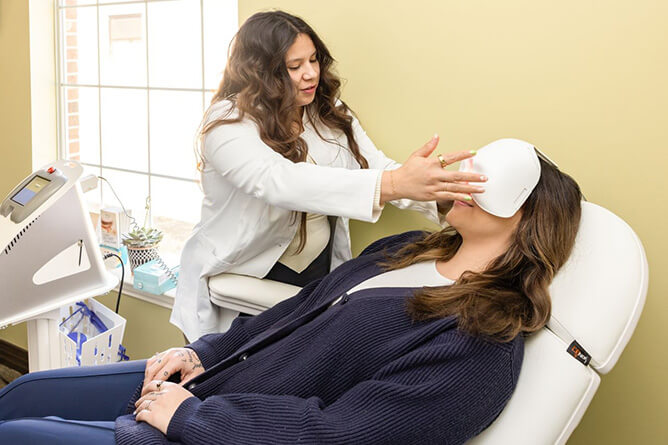
Low-Level Light Therapy (LLLT)
Low-Level Light Therapy (LLLT), also known as photobiomodulation, is a non-invasive treatment that uses low-intensity light—typically in the red or near-infrared spectrum—to stimulate cellular function. Unlike high-powered lasers used in surgery or dermatology, LLLT does not produce heat or damage tissue. Instead, it triggers biological processes at the cellular level that promote healing, reduce inflammation, and relieve pain.
How It Works
LLLT devices emit photons that penetrate the skin and are absorbed by mitochondria within cells. This enhances ATP (adenosine triphosphate) production, leading to increased cell metabolism and improved tissue repair. The therapy may also stimulate the release of nitric oxide, improve blood flow, and reduce oxidative stress.
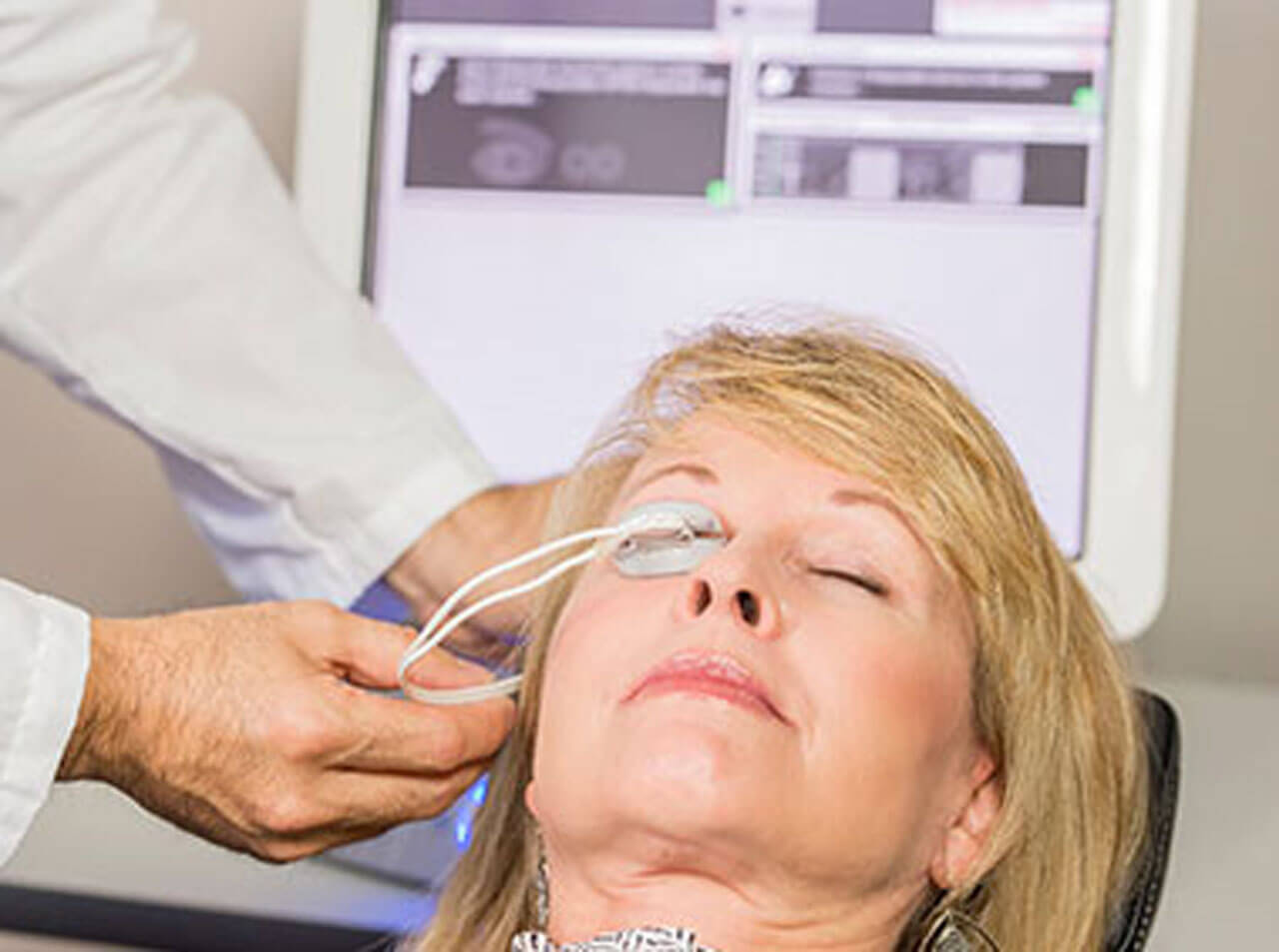
LipiFlow Treatment
LipiFlow is an advanced treatment that addresses the common problem of meibomian gland dysfunction. This device uses a combination of controlled heat and gentle pressure to unclog the meibomian glands in the eyelids. The heat softens the hardened oils that block these glands, while the pressure helps to express these oils, restoring the natural oil flow into the tears. This treatment effectively improves tear quality and helps maintain eye surface moisture.
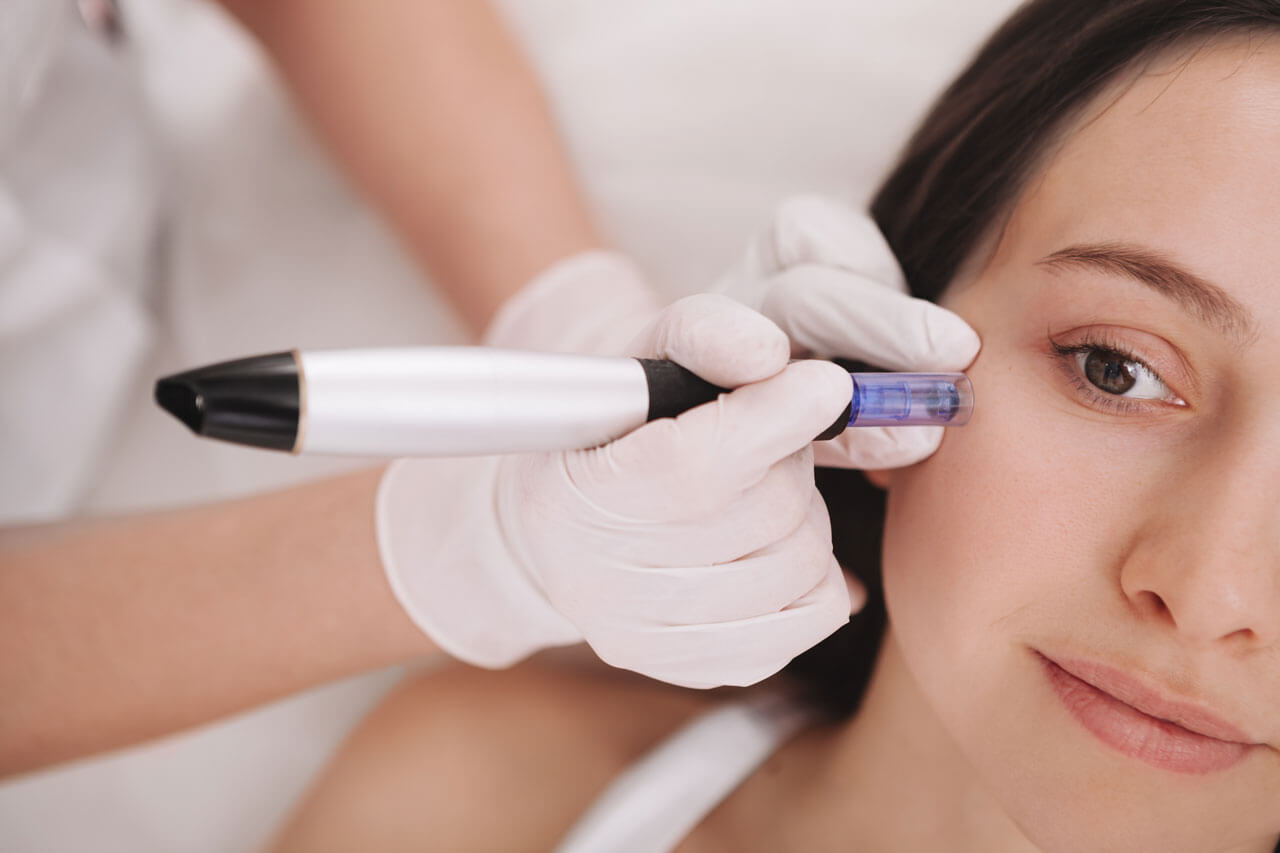
BlephEx Treatment
BlephEx is a clinical procedure to clean the eyelids and eliminate biofilm buildup, bacterial debris, and scurf. This is crucial for treating blepharitis, an inflammatory condition often underlying dry eye symptoms. During the procedure, a specialized handheld device gently exfoliates the edges of the eyelids and lashes, clearing away the excessive bacterial load and biofilm contributing to eyelid inflammation. This process helps reduce irritation and improves overall eyelid hygiene.
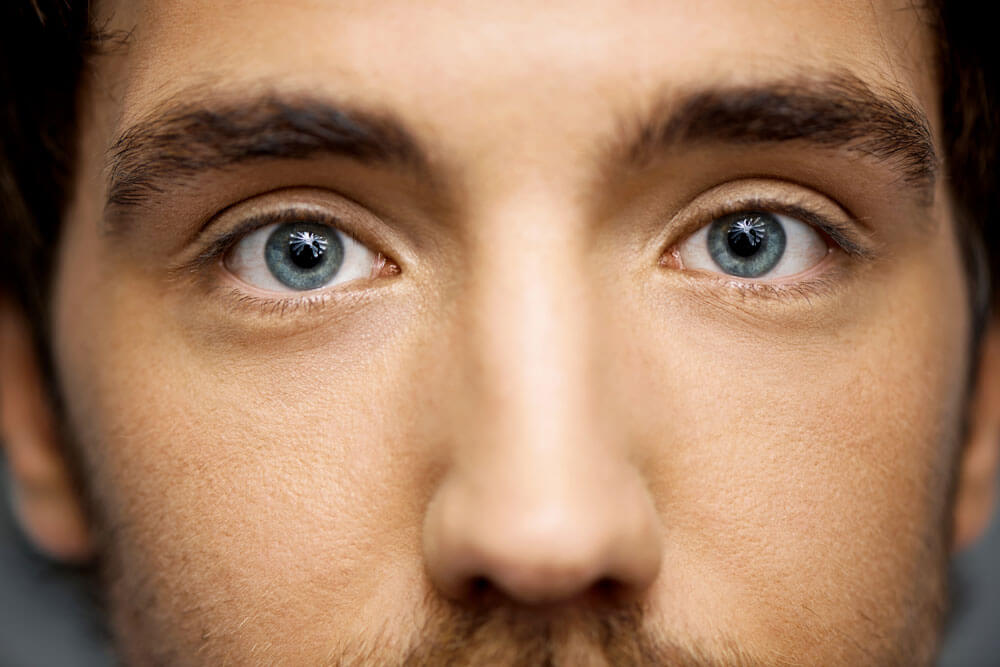
Punctal Plugs
Punctal plugs are small biocompatible devices inserted into the eyes’ tear ducts (puncta) to block tear drainage. Depending on the type of plug used, this treatment can be temporary or permanent. By blocking the ducts, punctal plugs prevent tears from draining away too quickly, which helps to retain moisture on the eye’s surface longer. This is particularly beneficial for patients whose dry eye is primarily due to poor tear retention.
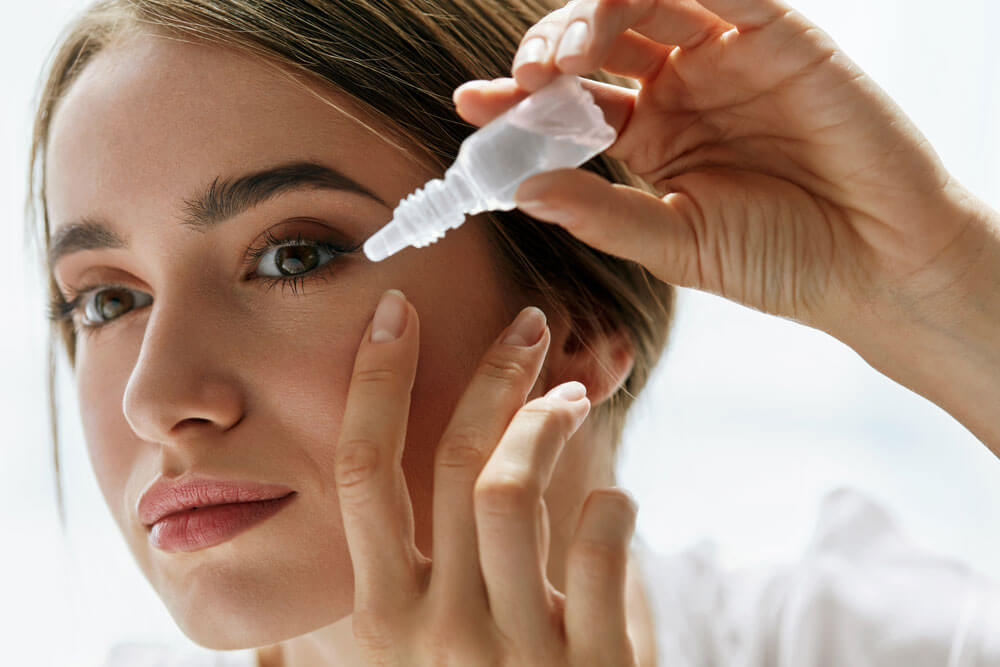
Prescription Eye Drops
The specific cause and type of dry eye may determine the recommended different prescription eye drops. These can include:
- Anti-inflammatory drops help reduce eye surface inflammation, improving tear production and quality.
- Lubricating drops, called artificial tears, provide temporary relief by adding moisture and supporting the natural tear film.
From Diagnosis to Spa-Like Care at Our Texas Clinics

People often dismiss dry eye syndrome as an irritation, but it can significantly affect your vision and quality of life. At Advanced Eyecare & Vintage Eyewear, we’re here to transform how you perceive and experience dry eye treatment. We understand that effective management goes beyond alleviating symptoms.
Ongoing Support
We are committed to building lasting relationships with our patients. Following the initial treatment phase, we provide ongoing follow-up care to evaluate the effectiveness of the management plan. This ensures patients have the resources and knowledge to manage their condition effectively at home.
Spa-Like Environment
Our Dry Eye Clinic and Spa is a tranquil space where healing is facilitated through soothing spa music, aromatherapy, and comfortable reclining chairs. This relaxing atmosphere helps reduce treatment anxiety, making your visits more enjoyable and calming.
Specialized Testing
Accurate diagnosis is vital for effective dry eye treatment. Our clinic has state-of-the-art diagnostic tools for imaging the meibomian glands and assessing inflammation levels. This enables us to pinpoint the underlying causes of your dry eye, leading to more targeted and effective treatments.